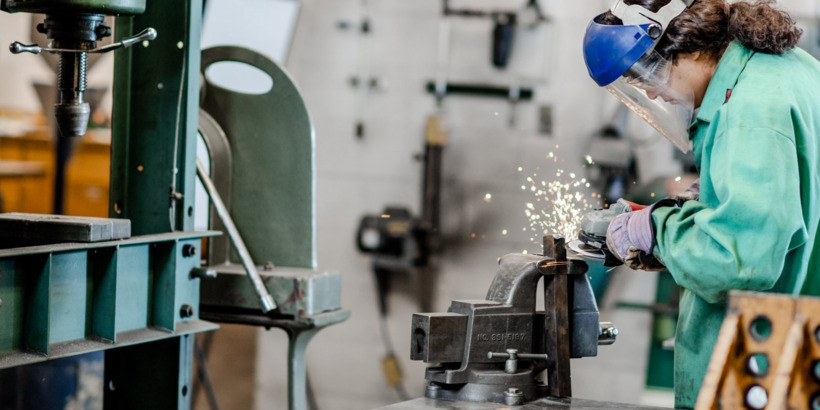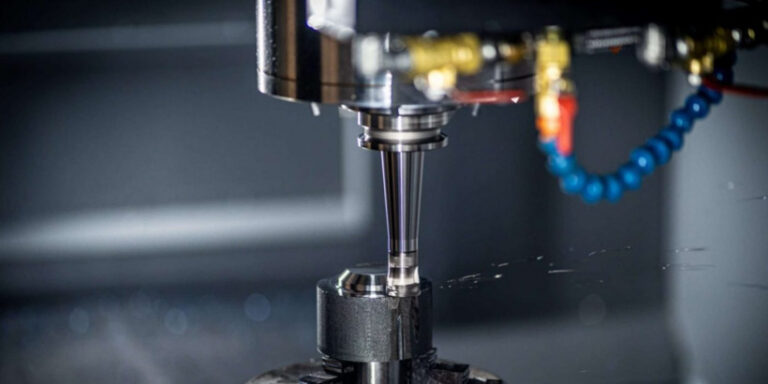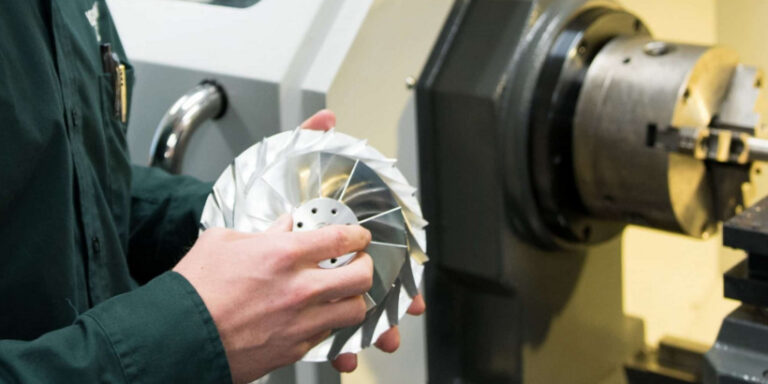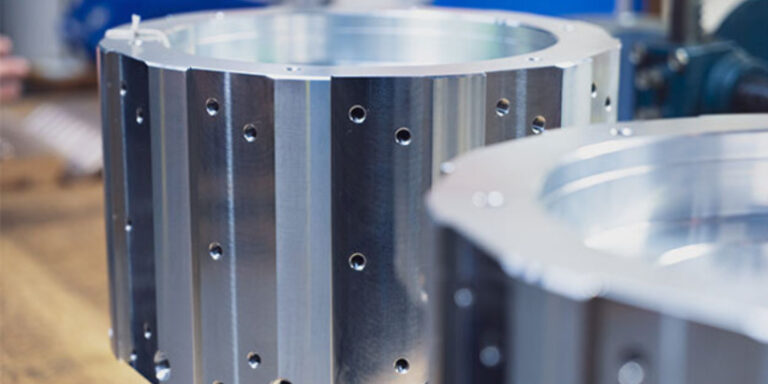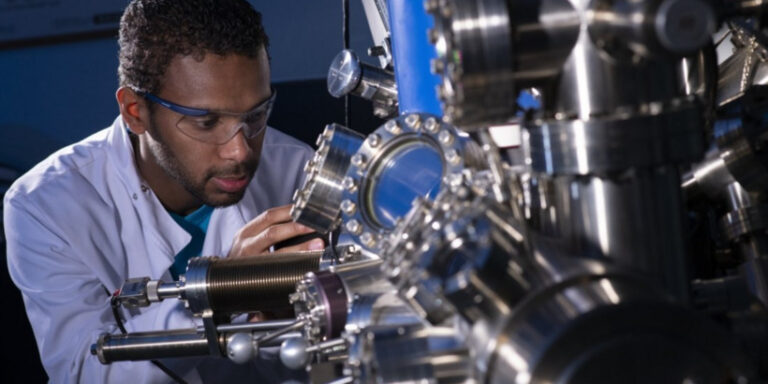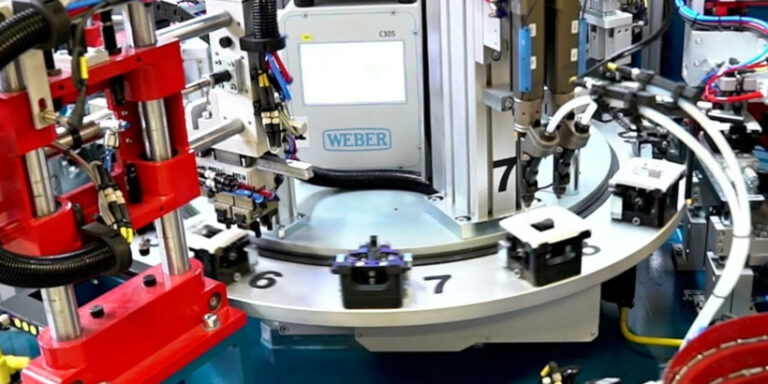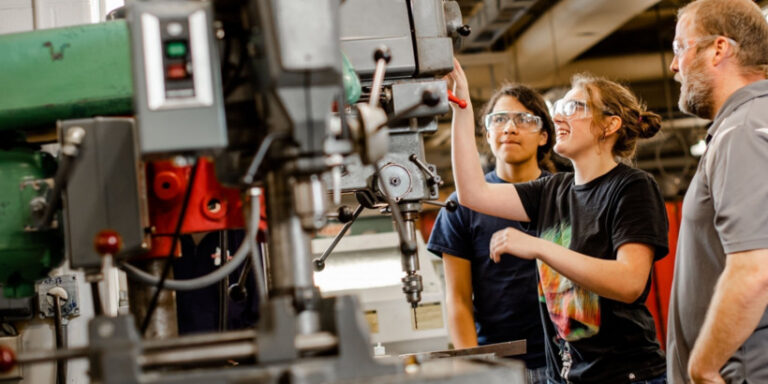The Role Of Mechanical Engineering In The Development Of Renewable Energy Storage
As someone who is passionate about renewable energy and the potential it holds for a sustainable future, I have always been fascinated by the role of mechanical engineering in this field.
While much of the focus on renewable energy has centered on generating electricity from sources like solar and wind power, there is another crucial aspect that often goes overlooked: storage.
That’s where mechanical engineers come in.
By designing innovative technologies to store energy generated from renewables, they are helping to overcome one of the biggest challenges faced by these clean energy sources: their intermittency.
In this article, we will explore how mechanical engineering plays an essential role in developing efficient and cost-effective solutions for renewable energy storage – solutions that could help pave the way towards a cleaner, greener world.
Overview Of Renewable Energy Storage
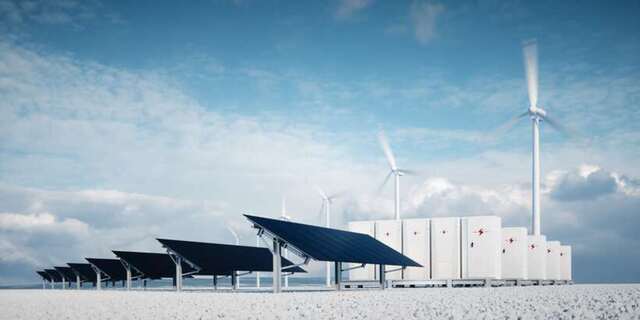
Renewable energy storage is the key to unlocking a sustainable future. It’s like finding your long-lost keys in your pocket, something you’ve been searching for all along but could never quite grasp until now.
With flywheel storage and magnetohydrodynamic technology leading the way, we’re seeing unprecedented advancements in renewable energy storage that are changing the game. These technologies provide efficient ways of storing large amounts of power generated from renewable sources, allowing us to harness clean energy at scale and reduce our reliance on fossil fuels.
As we continue down this path towards a greener tomorrow, it’s important to recognize the pivotal role that mechanical engineering plays in making it all possible.
Mechanical Engineering And Its Impact On Renewable Energy Storage
As a mechanical engineer, I am proud of the impact that my field has on the development of renewable energy storage.
One area where we have made significant progress is in flywheel systems. These devices are able to store kinetic energy and release it when needed, making them an excellent option for short-term energy storage needs.
Additionally, hydrogen storage is another promising avenue being explored by mechanical engineers. By using specialized materials and designs, we can safely store hydrogen gas as a means of long-term energy storage for renewable sources such as solar or wind power.
The future looks bright for the intersection between mechanical engineering and renewable energy storage, with new advancements being made every day. It’s exciting to be a part of this important work that will help shape our world for generations to come.
Batteries For Renewable Energy Storage

As we continue our journey into exploring the role of mechanical engineering in renewable energy storage, let’s take a moment to focus on batteries. Batteries are like the heart of any renewable energy system – they store and provide power when needed.
With advancements in technology, there has been significant progress made in battery development for renewable energy storage. From flywheel storage systems that use kinetic energy to fuel cells that convert chemical energy into electrical energy, there is no shortage of innovative solutions being explored by engineers today.
Here are three ways mechanical engineering is revolutionizing batteries for renewable energy storage:
- Increasing efficiency: Mechanical engineers are working tirelessly to maximize the lifespan and efficiency of batteries used in renewable energy systems.
- Enhancing safety features: The safety aspect of using large-scale batteries cannot be overstated. Engineers have developed various mechanisms such as temperature control and automatic shut-off systems to ensure safe usage.
- Developing sustainable materials: As sustainability becomes more important, researchers are looking at developing new battery technologies which use sustainable materials.
It¡¯s exciting to see how far we’ve come with regards to utilizing batteries for renewable energy storage but there is still much room for improvement. Let’s keep pushing forward!
Compressed Air Energy Storage
Compressed Air Energy Storage (CAES) is an effective way of storing renewable energy, and mechanical engineering plays a vital role in its development. CAES systems store compressed air underground or in tanks to be used when electricity demand is high. The stored air can then be released through turbines that generate electricity.
Mechanical engineers are responsible for designing the storage containers, compressors, turbines, and other components required for efficient operation. They also ensure safety protocols are followed during installation and maintenance.
Flywheel storage is another promising technology in renewable energy storage that mechanical engineers play a significant role in developing. It involves storing kinetic energy by spinning a rotor at high speeds using electric motors. When there’s a power outage or increased demand for electricity, the flywheels provide instant backup power without needing time to ramp up like conventional generators.
Fuel cells are yet another innovative solution for renewable energy storage where mechanical engineering has played an essential part. Fuel cells use hydrogen gas as fuel to produce electricity with water being the only byproduct generated while producing no greenhouse gases or pollution. Mechanical engineers design these fuel cells’ critical components such as membranes, electrodes, and catalysts making them more durable, reliable and affordable.
Therefore, it’s clear how important mechanical engineering is towards developing renewable energy storage technologies such as Compressed Air Energy Storage (CAES), Flywheel Storage and Fuel Cells which have tremendous potential to mitigate climate change effects on our planet Earth.
Thermal Storage For Renewable Energy
I’m really interested in the potential for thermal storage for renewable energy, and the role mechanical engineering can play in its development. Thermal energy storage, latent heat storage, and solar thermal energy storage are all topics I’d like to explore further. I’m curious to see how mechanical engineering can help make these technologies more efficient and cost-effective.
Thermal Energy Storage
Imagine walking through a solar thermal power plant on a hot summer day and feeling the heat radiating from the mirrors onto your skin.
As an avid supporter of renewable energy, I can’t help but feel excited about the potential for this technology to transform our world.
However, one major challenge with solar thermal is how to store excess energy generated during peak sunlight hours for use later when demand is higher.
This is where mechanical engineering comes in with solutions like molten salt storage systems.
By using high temperature-resistant materials and advanced control systems, these tanks are able to efficiently capture and release vast amounts of thermal energy as needed.
With continued innovation and investment, it’s clear that thermal energy storage will play a crucial role in achieving a sustainable future without relying on fossil fuels or other non-renewable sources of power.
Latent Heat Storage
Now, let’s talk about another type of thermal storage for renewable energy – latent heat storage.
This method involves storing energy in the form of a phase change material (PCM), which is capable of absorbing and releasing large amounts of heat during its transition from solid to liquid or liquid to gas.
One application for this technology is solar absorption cooling systems, where excess thermal energy generated by solar collectors can be stored in PCM tanks and used later to power air conditioning units.
Another potential use for latent heat storage is in hydrogen production, where high-temperature steam produced through concentrated solar power can be stored in PCM materials and then used to drive electrolysis reactions for producing hydrogen fuel.
It’s exciting to see how different types of thermal storage solutions are being developed and implemented to make renewable energy more practical and reliable on a larger scale.
Solar Thermal Energy Storage
So far, we’ve discussed two types of thermal storage for renewable energy – sensible heat and latent heat.
Now, let’s explore another exciting solution to address the intermittency issue in solar power: Solar Thermal Energy Storage.
As we know, solar cells generate electricity when exposed to sunlight, but their efficiency decreases as temperature rises. This is where thermal storage comes into play; it helps regulate the temperature of these cells by absorbing excess heat during peak periods and releasing it back later when needed.
Additionally, proper thermal insulation can also help maintain a constant temperature inside the system, reducing energy loss due to external factors such as air or water cooling.
With continuous advancements in technology, solar thermal energy storage offers great potential for improving the reliability and cost-effectiveness of solar power on a large scale.
Pumped-Hydro Storage For Renewable Energy

When it comes to renewable energy storage, pumped-hydro storage is a promising solution that mechanical engineers have been working on. This technology uses hydropower plants to store excess energy in the form of potential energy by pumping water uphill and then releasing it through turbines when electricity demand is high.
Here are three sub-lists that explain how this process works:
- First, hydropower plants need two reservoirs at different elevations, connected by pipes or tunnels with turbines. When there’s an oversupply of energy from wind or solar power sources, the extra electricity powers pumps that move water from the lower reservoir to the higher one.
- Second, when there’s a shortage of power supply during peak hours (e.g., evenings), the stored water flows back down to generate electricity as gravity pulls it downward through turbines.
- Third, some researchers are exploring using wave power – harnessing kinetic energy from ocean waves – to pump seawater up into elevated tanks for later use.
Overall, these processes make pumped-hydro storage a reliable and efficient method for storing renewable energy. Mechanical engineering plays a crucial role in designing and optimizing these systems so they can effectively balance electrical grids while reducing carbon emissions.
As we continue to innovate and improve our methods for sustainable energy storage, pumped-hydro will likely remain a critical part of our clean energy infrastructure efforts.
The Role Of Mechanical Engineering In The Future Of Renewable Energy Storage

Now, some may argue that mechanical engineering is only a small part of the renewable energy storage puzzle. However, I firmly believe that it plays a crucial role in shaping the future of this industry. One way we can see this impact is through geothermal power. By using mechanical engineering principles to design and optimize geothermal plants, we can harness the earth’s natural heat to generate electricity with minimal emissions. Additionally, flywheel storage technology has been gaining momentum as a viable solution for storing excess energy from renewables like solar and wind power. This technology relies heavily on advanced mechanical engineering techniques to ensure maximum efficiency and reliability. To further illustrate these points, let’s take a look at the following table:
| Renewable Energy Storage Technology | Mechanical Engineering Application |
|---|---|
| Geothermal Power Plants | Turbine Design and Optimization |
| Flywheel Storage Systems | Rotor Dynamics |
As you can see, without mechanical engineering expertise, both of these technologies would not be possible or efficient enough to make a significant impact on our transition towards sustainable energy sources. We need creative minds who understand how to optimize systems and improve upon existing designs in order to drive progress forward.
So while there are certainly many components involved in developing renewable energy storage solutions, I strongly believe that mechanical engineering will continue to play an integral role in shaping their future success. As new challenges arise and innovative ideas come into fruition, we must embrace the importance of this field and work together towards building a more sustainable world one powered by clean energy solutions designed by skilled engineers.
Conclusion
In conclusion, it is safe to say that mechanical engineering has played a crucial role in the development of renewable energy storage. Without the innovation and creativity of mechanical engineers, we would not have been able to harness the power of renewable sources like solar, wind, and hydroelectricity to their fullest potential.
From batteries for energy storage to compressed air systems and pumped-hydro solutions, mechanical engineering has paved the way for a clean and sustainable future. This technology has given us hope that one day soon we can break free from fossil fuels and take charge of our planet’s health.
So let’s celebrate these unsung heroes who continue to push the boundaries of what’s possible with their expertise and vision. Let’s support them in any way we can so they can keep finding new ways to store renewable energy efficiently.
Together, we can create a world where sustainability isn’t just a buzzword but a reality for all.
